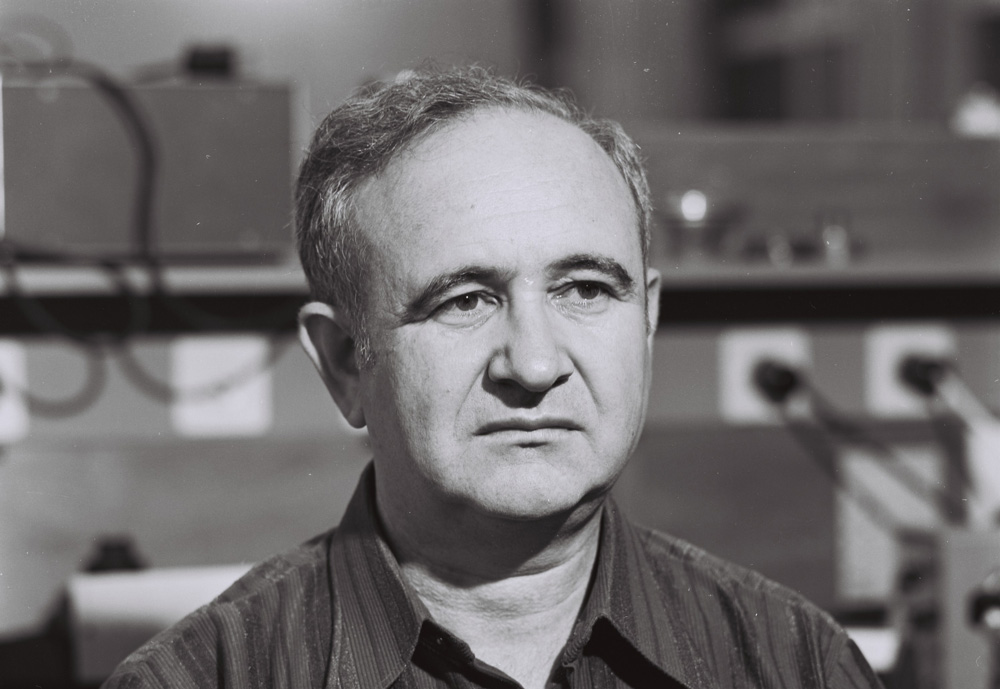
Professor Meir Birk was born in 1924 in Lithuania and at the age of two moved to Israel. He studied electrical engineering at the Technion, Haifa and received the degree of “Ingenieur” in 1949. During 1949-54, he served as a research officer, with the rank of captain, in the Scientific Department of the Israeli Army, Hemed.
In 1954, a short time after the Nuclear Physics Department was established on the grounds of the Weizmann Institute, Amos de Shalit, the head of the department, hired Meir Birk, to set up an electronics facility to assist and, as it turned out, widen the scope of the experimental research in the accelerator laboratory. During his long career, Meir assisted the nuclear physics experimental groups, providing them with essential electronic equipment to carry out their research.
The first experiment of the new nuclear physics laboratory is a good example to illustrate the benefits of this interdisciplinary approach. The experiment was conceived and planned in close collaboration with Meir. The aim was to improve the precision of the measurement of a certain parameter and Meir provided a set of electric and electronic devices which formed an excellent stage for the measurements. They allowed to settle a long lasting discrepancy in the results obtained in two US laboratories. Because of the importance of Meir’s work to the experiment, Meir’s name was added to the list of authors of the published article that followed.
Meir proved to be an excellent engineer and an excellent manager of people. At some point he spotted two engineers, Jerzy Sokolowsky and Hanoch Brafman, that he wished to join the department and he managed to get the approval of Amos De Shalit, the chairman of the department. Both these engineers proved to be outstanding in work inside the department and out. Jerzy started to work with Ilan Ben Zvi, a young new member of the department, on superconducting cavities and both set up a nuclear physics cryogenic accelerator in Northern Italy which proved highly successful. Hanoch invented an instrument, called Emulator, which facilitates the control of the beam handling of the high energy physics cryogenic accelerators. These two outstanding engineers bear witness to Meir’s management skills.
Meir died in 2000 after over a decade long illness. He was survived by his wife Professor Yehudith Birk and his two sons Yitzhak and Ohad.
